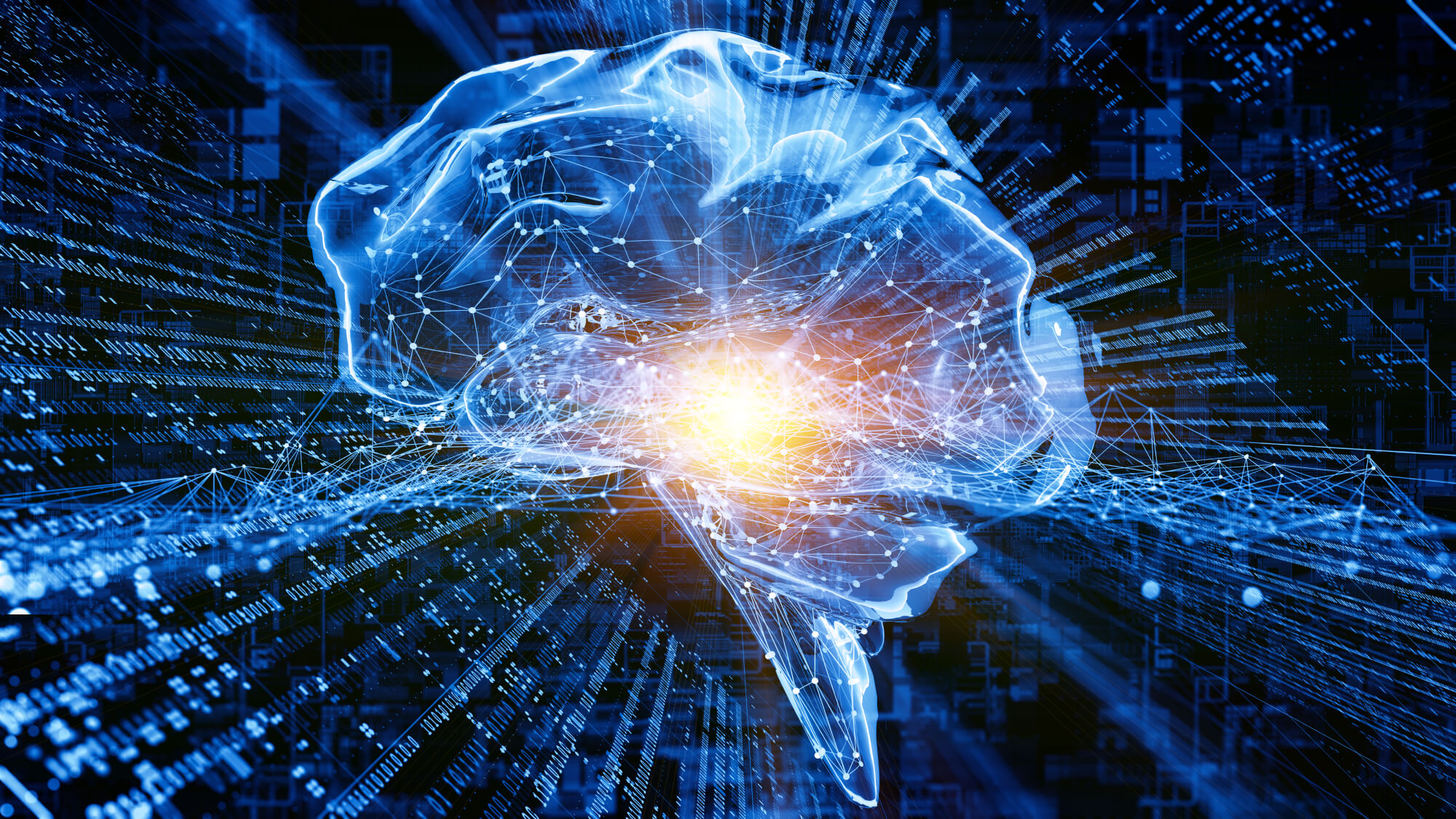

Demantia Treatment
Advanced neurophysiological assessments combined with non-invasive brain stimulation technologies present exciting possibilities for individualized treatment in the field of early dementia detection and intervention. Through the combination of quantitative electroencephalography (qEEG) and Neuromap’s AI algorithms the QPAN® (Quantitative Personalized Adaptive Neuromodulation) model identifies early biomarkers of cognitive decline to determine suitable Transcranial Magnetic Stimulation (TMS) interventions aiming to slow disease progression.
Early Detection Through qEEG and Neuromap®
Quantitative EEG serves as a non-invasive approach to evaluate brain activity through the analysis of electrical activity patterns. The presence of increased theta power and decreased alpha activity in qEEG biomarkers correlates with cognitive decline during early stages of dementia. Research analysis underscored the usefulness of EEG markers for detecting early signs of cognitive decline and their importance in developing preventive measures.
The advanced AI algorithms developed by Neuromap® process qEEG data to generate functional brain maps which detect brain regions showing abnormal activity patterns that suggest early stages of dementia. Through personalized mapping clinicians can identify early-stage affected neural circuits which allows for precise therapeutic interventions.
qEEG Guided, Personalized rTMS Dementia Treatment
Transcranial Magnetic Stimulation (TMS) operates as a non-invasive brain stimulation method which modulates neuronal activity through magnetic pulses. Using rTMS repetitively demonstrates potential benefits for memory enhancement alongside attention and executive functioning improvement in early-stage dementia patients. The results from a randomized clinical trial showed that applying rTMS to a personalized hippocampal network stimulated cognitive enhancement in Alzheimer’s patients while demonstrating targeted stimulation’s effectiveness.
The QPAN® model utilizes Neuromap’s analytical tools together with qEEG assessments to pinpoint specific brain regions showing early dysfunction for targeted TMS application. The personalized approach targets neural plasticity enhancement which may decelerate the advance of dementia symptoms.
Mechanisms and Benefits
TMS treatment for early dementia patients produces therapeutic outcomes by changing cortical excitability and supporting synapse development. Targeted magnetic pulses delivered through TMS therapy help increase both neural connections and functional activity in brain areas linked to cognitive deterioration. Research indicates that repetitive Transcranial Magnetic Stimulation (rTMS) treatment results in better cognitive function while decreasing behavioral and psychological symptoms found in dementia patients.
Considerations and Safety
TMS treatment is usually safe but certain people may report mild side effects like scalp discomfort and tingling sensations along with headaches or lightheadedness throughout stimulation sessions. TMS can occasionally trigger seizures in people who have epilepsy or other neurological disorders. Thorough screening and monitoring processes are crucial for minimizing potential risks.
Conclusion
The combination of qEEG-based biomarkers with personalized brain mapping through Neuromap® as part of the QPAN® model provides a promising approach for detecting and intervening in dementia at an early stage. This approach shows promise in reducing cognitive deterioration and improving life quality for those experiencing initial dementia stages through personalized TMS protocols based on individual neural profiles.
The implementation of novel neurophysiological evaluations alongside non-invasive brain stimulation methods presents new opportunities for customizing dementia treatment strategies. Quantitative Personalized Adaptive Neuromodulation (QPAN®) uses quantitative electroencephalography (qEEG) together with Neuromap’s AI algorithms to identify early cognitive decline markers and customize Transcranial Magnetic Stimulation (TMS) interventions which might slow disease advancement.
qEEG Guided, Personalized tDCS Dementia Treatment
The field of dementia care now places high importance on personalized treatment approaches due to the increasing availability of home-based care options. Transcranial Direct Current Stimulation (tDCS) stands out as an effective non-invasive brain stimulation method for treating cognitive symptoms in Alzheimer’s disease and other types of dementia. Quantitative electroencephalography (qEEG) along with personalized protocols enables tDCS to provide customized treatment which can be easily performed at home to increase treatment accessibility and compliance.

Mechanism of tDCS
The tDCS system administers a mild electrical current across scalp electrodes to focus on designated cortical brain regions. The current modifies neuronal activity by changing the resting membrane potential which leads to an increase or decrease in neuron excitability. This modulation process enables the brain to reorganize its structure through new neural connections which helps to fight against cognitive deterioration commonly seen in dementia patients.
Personalized Home-Based tDCS Treatment
The use of qEEG assessments enables the detection of unique neural patterns which allows for the tailored application of tDCS protocols to address dysfunctional brain regions. The tailored stimulation method enables precise targeting of brain regions associated with cognitive decline which may improve treatment outcomes. The ability to administer tDCS treatment at home offers convenient access while enabling both patients and caregivers to become active participants in their treatment. Research shows that home-based tDCS is both feasible and safe with established protocols for remote supervision to confirm proper application and compliance. citeturn0search4
Efficacy and Benefits
Scientific investigations show that tDCS enhances multiple cognitive abilities such as memory performance, attention span, and executive skills in dementia patients. Results from a *General Psychiatry* study showed that Alzheimer’s patients displayed substantial cognitive performance gains from repeated tDCS treatments because of enhanced memory task performance. The application of tDCS demonstrates the ability to decrease behavioral and psychological symptoms while providing a full-scope solution for dementia care.
Safety and Tolerability
Patients generally tolerate tDCS well because it produces minimal adverse effects. A small number of people report mild sensations including tingling or itching at electrode locations while receiving stimulation. The safety of tDCS as a neuromodulation technique is enhanced by its inability to cause seizures compared to other similar treatments. The combination of tDCS’s non-invasive procedure with its good safety profile makes it appropriate for home use when remote monitoring systems validate proper use.
Conclusion
At-home application of personalized tDCS protocols directed by qEEG marks an important step forward for dementia treatment. By customizing treatment to each person’s brain patterns this method improves both the ease of treatment access and the involvement of patients. Ongoing research indicates that home-based personalized tDCS treatment could serve as a fundamental strategy in early dementia management to enhance patient cognitive abilities and improve life quality for both patients and their families.